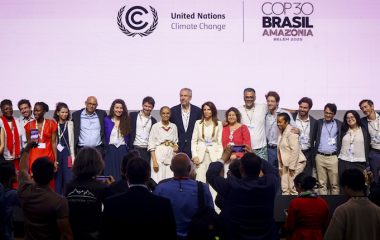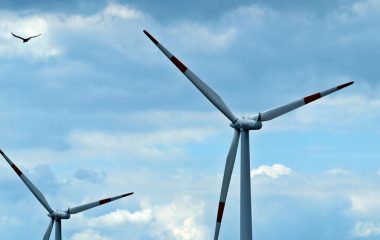
Photo: Imeao / https://creativecommons.org/publicdomain/zero/1.0/legalcode.en
Serbia has allocated all the funds from its first green bond issue, according to the final report. The transport sector accounted for 36.7% while the second-biggest item was sustainable water and wastewater management, with 29.3%.
In 2021, the Government of Serbia issued its first sovereign green bond, raising EUR 1 billion at the lowest cost ever. All the proceeds have been allocated. Notably, out of EUR 990 million in total, 31.9% was assigned to the three budget years before the sale. Consulting firm E Co. published the numbers in the second and final official report.
The authors roughly estimated that greenhouse gas emissions savings resulting only from the green bond range between 60,000 and 70,000 tons of carbon dioxide per year and 1.5 million tons during their entire lifetime. When the other sources of financing are added, the effect is above three million tons overall.
Only 0.1% of funds went to renewables
Serbia’s Green Bond Framework stipulates that proceeds from such transactions are for the railway and metro network, sewerage, water and wastewater management, flood protection, biodiversity protection, pollution prevention and control, waste management, energy efficiency and renewable energy generation.
Renewable energy had a mere 0.1% share in the investments. The only public call for subsidies for households to install rooftop photovoltaic panels resulted in a combined 3 MW. There were 500 beneficiaries, the document Serbia Green Bond Report adds. The other component is a program for solar thermal collectors and 89 contracts were signed.
A school installed a 15 kW photovoltaic system for EUR 23,209
For the expenses perspective, one of the case studies in the paper revealed that EUR 23,209 was spent on a 15 kW photovoltaic system. The beneficiary is the Isa Bajić elementary school in the town of Kula in the country’s northern province of Vojvodina.
The municipality participated with 30% and the rest was funded from the green bond. The school obtained the status of a prosumer.
Energy efficiency measures had a 1.6% share in the sum. Five public calls were held for public buildings and two for private ones. The schemes enabled the refurbishment of 89 public buildings with just under 119,000 square meters in total. The authorities counted 20,000 households in the program.
Green bond issue enabled purchase of three trains, reconstruction of 79.4 kilometers of railway
The transport sector received the most funds, 36.7%. The document adds that four railway projects were conducted, two in the waterway sector and one for vehicles.
Three electric trains were purchased and 79.4 kilometers of railway was reconstructed. Owners of 395 environmentally friendly vehicles won grants. They were overwhelmingly for passenger cars and light vans, 350 in total.
Sustainable water and wastewater management projects soaked up 29.3% of the proceeds, making it the second in the chart. Serbia constructed or restored 70 million cubic meters of reservoir capacity, according to the report.
Another major recipient was the sector of pollution prevention and control and circular economy – 21.5%. The funds enabled 22 polluted sites to be put into remediation. Their combined size is 1.6 square kilometers.
The remaining 10.8% went to environmental and biodiversity protection and sustainable agriculture. The authorities funded sustainable forest management activities on 279,000 hectares and the protection, restoration or maintenance of 30,000 hectares of land, the document showed.
It was produced with the assistance of the United Nations Development Programme (UNDP)









Be the first one to comment on this article.